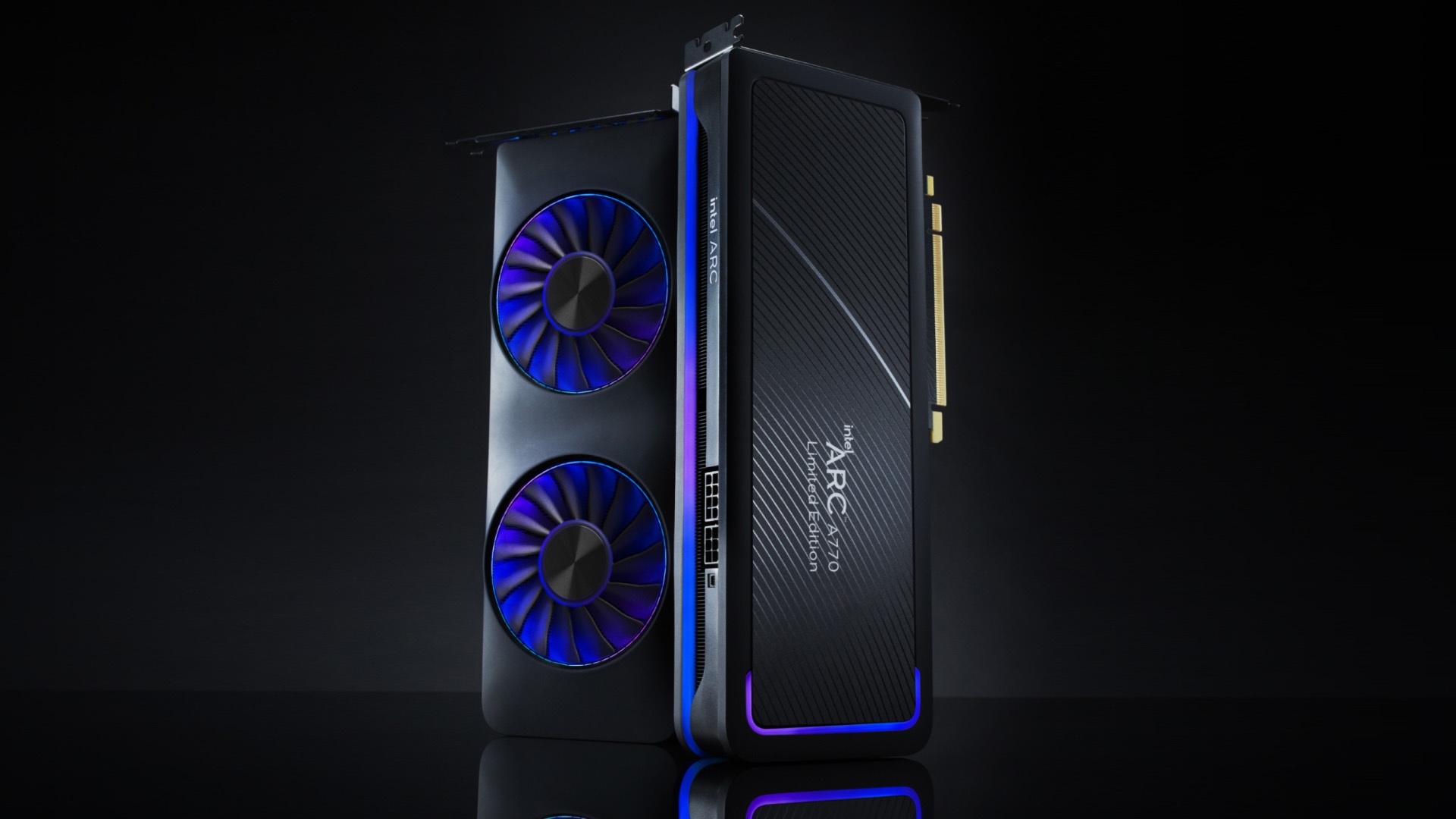With 3D audio, you can enjoy films, series and music as if you were right in the middle. But how does the technology work and what do you need? We’ll tell you.

3D audio provides a better music experience, but is also used in films and series. (Source: stokkete / depositphotos.com)
- What is 3D audio?
- How does 3D audio work?
- What is the difference between DTS:X and 3D audio?
-
Content for 3D audio
- What does 3D audio do to music?
-
Be careful when buying
With a good television, not only does the picture play a decisive role, the sound is also becoming increasingly important. Technologies such as 3D audio help out here and offer immersive sound for films and music alike.
What is 3D audio?
3D audio (also called spatial audio) is a technology for immersive audio streaming. The sound is not limited to the number of loudspeakers, but comes from so-called sound objects. The result is a realistic all-round sound.
The DTS:X and Dolby Atmos formats also work with the principle of spatial sound. The sound mainly depends on the speakers or the sound system.
The loudspeakers are distributed throughout the room and even radiate the sound to the ceiling, giving you the feeling of being right in the middle of the action. With Dolby Atmos, the sound is still dependent on the individual sound outputs.
How does 3D audio work?
Dolby Atmos, DTS:X and 3D audio all work with object-based sound generation. However, with 3D audio and DTS:X, specific audio tracks are not assigned to a specific speaker. Instead, individual sounds are generated freely in space. This refers, for example, to explosions, footsteps, musicians or the like.
3D audio is based on where the sound is coming from in the film or series. For example, if something falls to the left of the protagonist, the sound will come from that direction as well. Up to this point, 3D audio hardly differs from DTS:X. The big difference lies elsewhere.
What is the difference between DTS:X and 3D audio?
DTS:X requires a specific sound system to function. 3D audio can be used on a soundbar, TV, or even headphones as long as the devices are compatible with the technology.
This is a particularly big advantage for those who don’t have the space for home theater systems and still prefer immersive sound. The fact that you don’t need an extensive surround sound system for 3D audio does not mean that you automatically have to invest less money in the playback device. A television that can play the format at all costs an average of 1,000 dollars and good headphones around 300 dollars.
However, the right device for 3D audio does not yet let you enjoy the sound of films and music in real all-round sound. One last thing is needed to use the technique.
Content for 3D audio
In order to be able to enjoy 3D audio, you not only need a compatible output device. The content you play on the TV or speakers must also support the format. This can be streaming services, but also physical data carriers such as a CD or a Blu-ray.
Films and series with 3D audio
The content you watch on your TV must contain certain audio output information to be compatible with 3D audio. This is done using metadata stored on the medium, which serves as information for the sound, which in turn is displayed at the correct position at the end.
Streaming services in the test: Netflix, Disney +, Amazon and Co. in comparison
NETZWELT may receive a commission from the retailer for links on this site. More info.
However, the format has so far hardly been found on data carriers and with streaming providers. The number of Blu-ray discs that support 3D audio is extremely limited. The streaming providers are no different. Of the major services, only Netflix offers 3D audio and that only with a premium subscription.
More choice when streaming music
Music fans are offered a lot more in this respect. Although the all-round sound was primarily developed for film, music in particular has recently benefited from the system. The music streaming services Amazon Music and Apple Music both offer selected titles in 3D audio.
The 11 best music services in comparison: Spotify and alternative streaming providers in the test
NETZWELT may receive a commission from the retailer for links on this site. More info.
Deezer and Tidal offered an additional subscription for all-round sound until the end of 2022. However, there is currently no successor and therefore no 3D audio from the providers. Sony is working to make popular albums (new and old) compatible with 3D sound.
But you can not only enjoy music titles immersively. Radio plays are also supported by the technology and thus offer even greater added value. Since there is no distracting TV picture, you can immerse yourself in the middle of the action. Especially with headphones you will have the impression that everything is really happening around you.
Audio plays like “The Three Question Marks” can be found on Amazon Music and Apple Music with 3D audio. Alternatively, some titles are available for download for a fee.
The best in-ear headphones in the test and comparison: Everything is just right here
NETZWELT may receive a commission from the retailer for links on this site. More info.
What does 3D audio do to music?
As already indicated, the trend for 3D audio is moving towards music. But what do you get out of listening to music in surround sound? After all, there are no objects in space like in a film.

AirPods Pro lets you immerse yourself in music on the go. (Source: Apple)
That’s not entirely true, when recording concerts or live shows, the immersive sound can unfold its effect. You can then, for example, hear exactly whether the trombone is being played on the left and the violin on the right. You get the feeling of sitting in the middle of the concert hall. The effect also works with modern music.
Be careful when buying
If you now want to enjoy audio 3D, you should first check whether your devices are compatible with the system. If your TV or soundbar is older, you probably won’t be able to avoid setting it up from scratch. Get good advice when buying so that you don’t experience any nasty surprises at home.
Since music is now mainly consumed via smartphones, you have to make sure that your cell phone is capable of playing 3D audio and that your headphones are also equipped with the system. Only then will you actually hear the all-round sound in all its glory.
Don’t miss anything with the NETWORK-Newsletter
Every Friday: The most informative and entertaining summary from the world of technology!
Table of Contents








